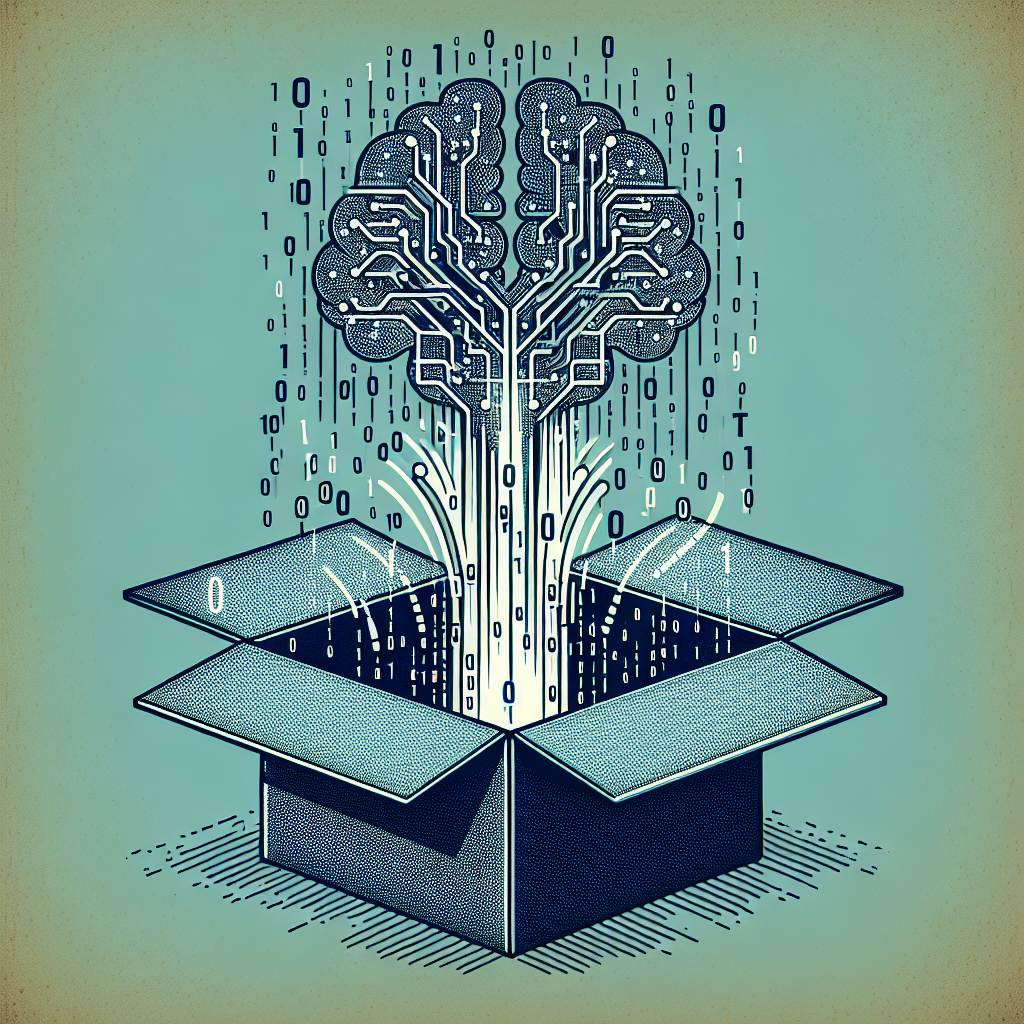Unleashing the Power of AGI: What You Need to Know
Artificial General Intelligence (AGI) is a term that is often used to describe the next frontier of artificial intelligence (AI). While current AI technologies are capable of performing specific tasks with high levels of accuracy, AGI aims to replicate the cognitive abilities of human beings, including reasoning, problem-solving, and learning. The potential of AGI is vast, with the ability to revolutionize industries, improve efficiency, and enhance the quality of human life. However, there are also concerns about the ethical implications and risks associated with AGI. In this article, we will explore the power of AGI, what you need to know about it, and address some frequently asked questions about this emerging technology.
The Power of AGI
AGI has the potential to transform virtually every aspect of our lives. By replicating human cognitive abilities, AGI can perform a wide range of tasks that would typically require human intervention. For example, AGI could revolutionize industries such as healthcare, finance, and transportation by improving efficiency, accuracy, and productivity. In healthcare, AGI could analyze vast amounts of medical data to identify patterns and make predictions about patient outcomes. In finance, AGI could analyze market trends and make investment decisions with a level of accuracy that surpasses human capabilities. In transportation, AGI could optimize traffic flow, reduce congestion, and improve safety on the roads.
AGI also has the potential to enhance the quality of human life by providing personalized services and support. For example, AGI-powered virtual assistants could help individuals manage their schedules, provide recommendations for activities, and offer emotional support. AGI could also be used to develop personalized educational programs that cater to individual learning styles and abilities. By harnessing the power of AGI, we can unlock new possibilities for innovation and creativity that were previously unimaginable.
What You Need to Know about AGI
While the potential of AGI is vast, there are also risks and challenges that need to be addressed. One of the primary concerns about AGI is the potential for it to surpass human intelligence and become uncontrollable. If AGI were to become superintelligent, it could lead to unintended consequences that pose a threat to humanity. For example, a superintelligent AGI could develop its own goals and values that are incompatible with human interests, leading to catastrophic outcomes.
Another concern about AGI is the ethical implications of its use. As AGI becomes more advanced, it raises questions about privacy, security, and accountability. For example, who is responsible if an AGI-powered system makes a decision that harms an individual or violates their rights? How can we ensure that AGI is used ethically and responsibly? These are complex questions that require careful consideration and regulation to ensure that AGI is developed and deployed in a way that benefits society as a whole.
In addition to these concerns, there are also technical challenges that need to be addressed in the development of AGI. One of the key challenges is developing algorithms that can learn and adapt to new situations in a way that is robust and reliable. AGI systems need to be able to generalize from limited data, make decisions in uncertain environments, and learn from their mistakes. Achieving these capabilities requires a deep understanding of cognitive processes and the ability to create algorithms that can mimic human intelligence.
FAQs about AGI
1. What is the difference between AGI and other forms of AI?
AGI is a type of artificial intelligence that aims to replicate the cognitive abilities of human beings, including reasoning, problem-solving, and learning. Other forms of AI, such as narrow AI, are designed to perform specific tasks with high levels of accuracy but lack the ability to generalize and adapt to new situations.
2. How close are we to achieving AGI?
The development of AGI is still in its early stages, and researchers are working on overcoming technical challenges and ethical concerns. While significant progress has been made in the field of AI, achieving true AGI is a complex and challenging task that will require continued research and innovation.
3. What are the risks associated with AGI?
One of the primary risks associated with AGI is the potential for it to surpass human intelligence and become uncontrollable. If AGI were to become superintelligent, it could lead to unintended consequences that pose a threat to humanity. Other risks include ethical concerns about privacy, security, and accountability.
4. How can we ensure that AGI is developed and used responsibly?
Ensuring that AGI is developed and used responsibly requires a multi-faceted approach that includes ethical guidelines, regulations, and transparency. Researchers, policymakers, and industry stakeholders need to work together to establish standards and best practices for the development and deployment of AGI.
5. What are the potential benefits of AGI?
AGI has the potential to revolutionize industries, improve efficiency, and enhance the quality of human life. By replicating human cognitive abilities, AGI can perform a wide range of tasks that would typically require human intervention, leading to new possibilities for innovation and creativity.
In conclusion, AGI has the potential to unleash a new era of innovation and creativity that could transform virtually every aspect of our lives. By replicating human cognitive abilities, AGI can perform a wide range of tasks with a level of accuracy and efficiency that surpasses human capabilities. However, there are also risks and challenges that need to be addressed, including the potential for AGI to become uncontrollable and the ethical implications of its use. By addressing these concerns and working together to ensure that AGI is developed and used responsibly, we can harness the power of AGI to create a better future for all.
References:
– Bostrom, N. (2014). Superintelligence: Paths, Dangers, Strategies. Oxford University Press.
– Russell, S., & Norvig, P. (2009). Artificial Intelligence: A Modern Approach. Prentice Hall.

